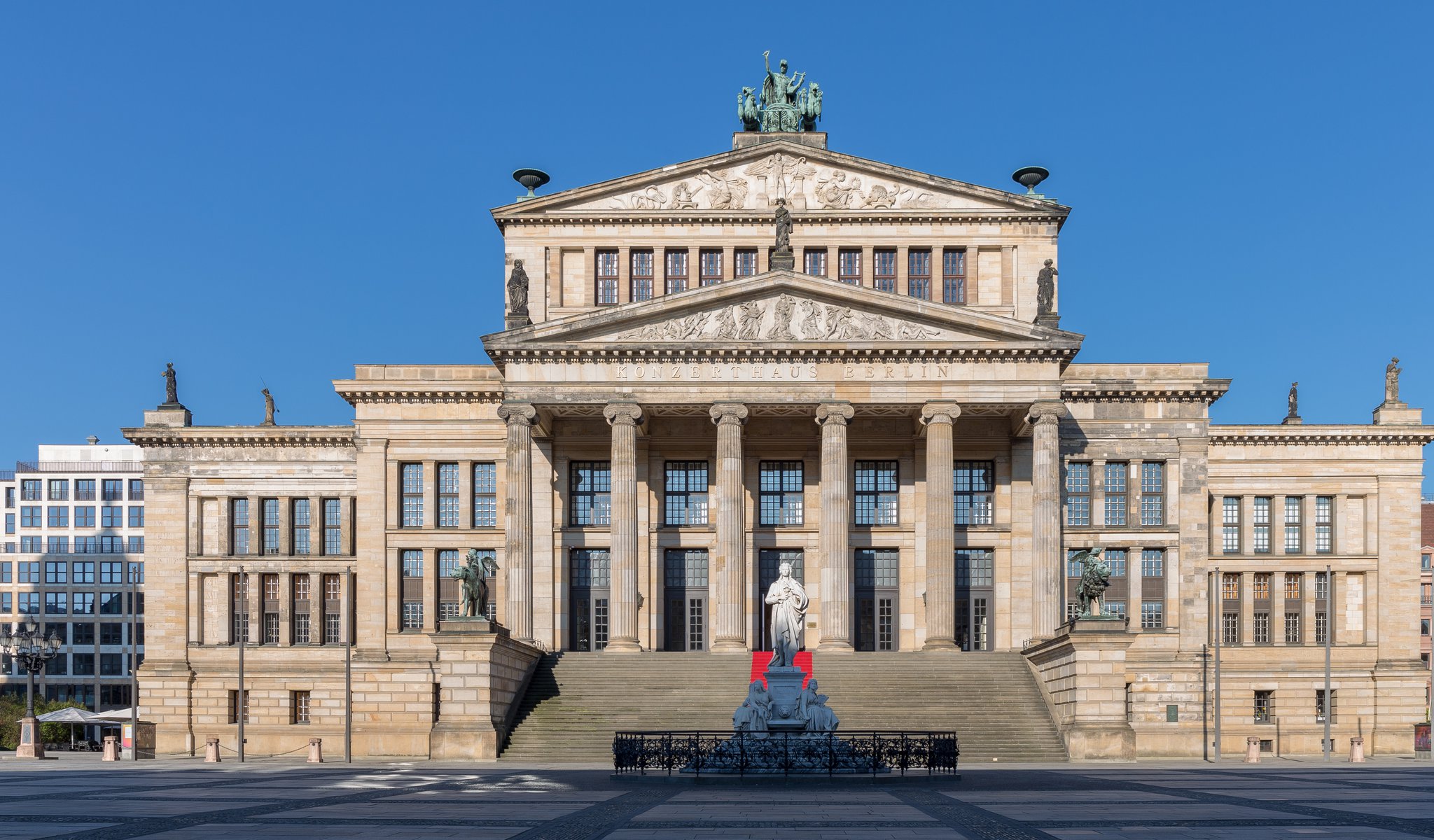
Program
Franz Lisztbio:
Piano Concerto No. 1 in E-flat major, S. 124
Faust Symphony, S. 108
Featuring
Other information
The event is about 2.5 hours long.
About the event
The “home” of the program will be Weimar, the city where the piano virtuoso settled in order to further hone his skills as a composer. The place where his most significant orchestral works were born. The program, however, also has two other protagonists besides Liszt. Faust and Berlioz. Liszt became acquainted with the story of Faust through Berlioz and remained curious about it throughout his life. During one the “Berlioz weeks” organized by Liszt, the French composer conducted his friend’s piano concerto and later Liszt dedicated his Faust Symphony to Berlioz.
Although Liszt withdrew from his career as a virtuoso pianist in 1847, and, now a court conductor at Weimar, he focused on composing in the symphonic genres that he had earlier rather neglected, he did not completely disappear as a pianist. He played the solo part of the piano concerto in E-flat major at its premiere in 1855. The composition, polished for a quarter of a century, is a significant example of theme-transformation, as it is called, where the themes presented keep returning in modified versions in later movements. Contemporary audiences were rather shocked by the virtuoso piano cadence striking immediately after the opening theme and the triangle moved into the spotlight in the scherzo (the reason why this piece was mocked as the triangle concerto). Nevertheless, it has become one of the most often played piano concertos.
Liszt developed his “invention”, theme-transformation, to perfection in the Faust Symphony. Although the piece in three movements is the one exception inspired by Goethe’s Faust, instead of simply setting the story to music, Liszt creates musical portraits of the three protagonists. The first to appear is Faust, with a melody pointing forward to the 20th century and containing all notes of the chromatic scale in a symbol of desire for omniscience. His theme returns in the last movement as Mephistopheles, distorted, twisted even mocked. The devil’s machinations are no match for Gretchen’s glorious innocence—the melodies of the exquisite second movement are uncorrupted by any transformations. Eventually, Faust manages to escape. In this program, the composition will be performed in its version without the choral finale.
